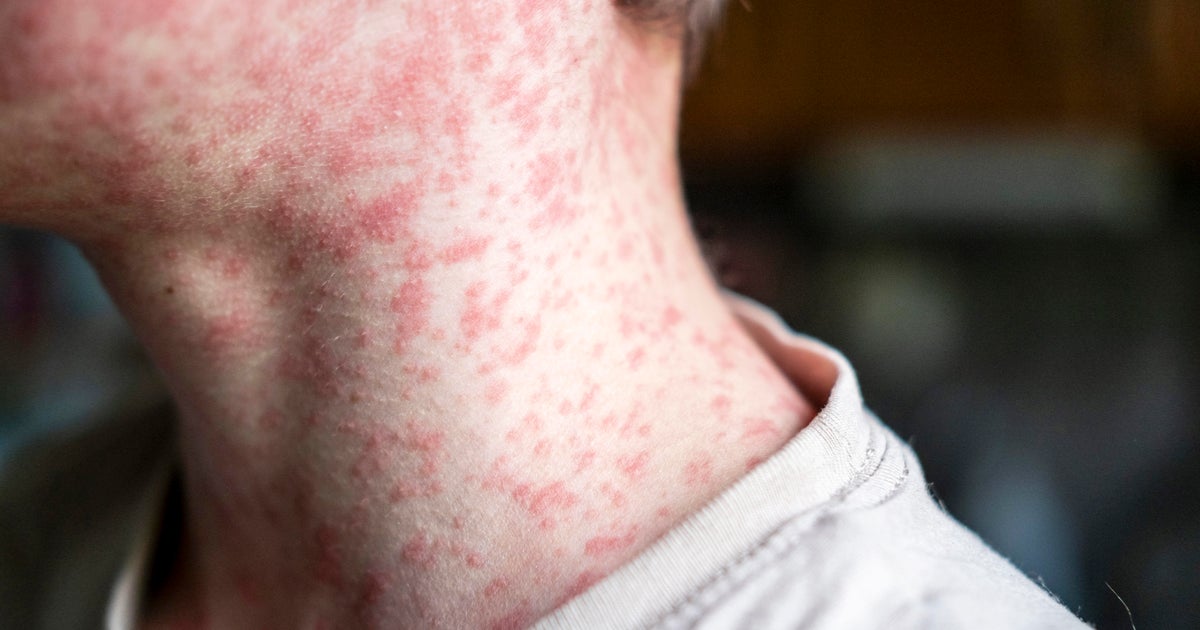U.S. cancer death rate sees largest-ever single-year drop
The death rate from cancer in the United States saw the largest ever single-year decline between 2016 and 2017 since rates began declining in 1992, according to a new report from the American Cancer Society. The increased survival rate was mainly due to advances in the treatment of lung cancer.
This deceleration in lung cancer deaths spurred an overall drop in cancer mortality of 2.2% from 2016 to 2017, according to the report. Lung cancer is the leading cause of death from cancer in the United States, accounting for about 27% of all cancer deaths — more than breast, prostate, colorectal, and brain cancers combined. Lung cancer is also the most common cause of death due to cancer among men age 40 and older and women age 60 and older.
The decline in mortality from melanoma, the deadliest type of skin cancer, was also dramatic, according to the report. The progress comes after the U.S. Food and Drug Administration approved new therapies for metastatic disease, or cancer that has spread to other parts of the body. Notably, death from melanoma decreased in people aged 65 years and older, a group where melanoma rates were increasing prior to 2013.
Dr. William Cance, chief medical and scientific officer for the American Cancer Society, attributed increased mortality from lung cancer and melanoma to treatment advances made in the past 10 years.
"They are a profound reminder of how rapidly this area of research is expanding, and now leading to real hope for cancer patients," Cance said in a press release.
Since 2008, declines accelerated for lung cancer. From 2008 through 2013, rates of death from lung cancer slowed by 3% annually for men and 2% annually for women. Theses rates slowed down again from 2013 to 2017. During the same time, declines in death rates for breast and colorectal cancers have slowed.
"The news this year is mixed," the report's lead author Rebecca Siegel, scientific director of surveillance research at the American Cancer Society, said in a press release. "The exciting gains in reducing mortality for melanoma and lung cancer are tempered by slowing progress for colorectal, breast and prostate cancers, which are amenable to early detection."
Lung cancer has plagued the U.S. for most of the 20th century. Since the 1964 Surgeon General report declared smoking as a cause of lung cancer, Americans have given up smoking in increasing numbers, according to the Centers for Disease Control. The death rate from cancer, however, continued to rise.
Nearly 30 years after that landmark report, the cancer death rate finally began to decline in 1992. As of 2017, cancer deaths have dropped 29% from 1992 numbers — meaning an estimated 2,902,200 fewer cancer deaths, according to the ACS report.
"This steady progress is largely due to reductions in smoking and subsequent declines in lung cancer mortality, which have accelerated in recent years," reads the report.
In recent years, e-cigarettes have been marketed as a safer alternative to traditional cigarettes, although a surge in youth vaping and vaping-related lung illnesses have caused alarm for public health officials. The American Cancer Society has said e-cigarettes are "likely to be significantly less harmful for adults than smoking regular cigarettes," but the American Lung Association has said that "e-cigarettes are not safe."
The CDC has advised people worried about health risks to avoid vaping, but said that anyone who quit smoking by using e-cigarettes shouldn't go back to cigarettes.



